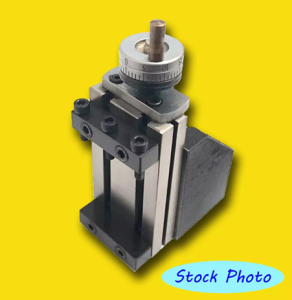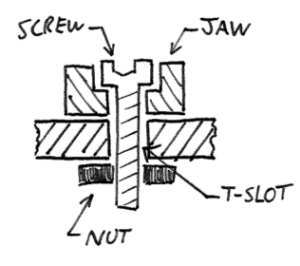
Figure 1: Milling vice, as seen on EBay.
One of ESR’s Engineering Consultants, Omar Shah from our NCT Team, shared his insight on how his DIY work at home turned into some interesting engineering enlightenment.
Omar told us that he recently bought a milling vice (Figure 1) for the mini-lathe for his home workshop and shared with us some interesting engineering insights that he discovered whilst using it.
Working on the DIY project, Omar clamped up a billet of aluminium and started making cuts, but couldn’t get the adjustable vice jaws, which bolt down into T-slots, to clamp firmly in place (Figure 2). The bolts never went tight, and on closer inspection, he could see why. Or so he initially thought. The clamping nuts seemed to be bending under the load applied to them (Figure 3). The fix is simple – replace the nuts with a higher-strength material. As they were a non-standard size, Omar machined his own; the whole process took only a few hours.

Figure 2: Schematic of jaw clamping arrangement.

Figure 3: Initially suspected failure mechanism.
Omar swapped out the nuts and turned the screw, and quickly discovered it was still not working. At this point, he decided to take a forensic engineering approach to the problem and systematically examined the mechanism, working through component-by-component. He quickly noticed that the screw was only marginally shorter than the depth of the slot (Figure 4). When tightened, it was impinging on the bottom of the slot, pushing up on the nut, without ever fully clamping the jaw in place. All that needed to be done was to file a fraction of a millimetre of material off the bottom of the clamping screws. Omar’s view was that he could have saved himself hours of fettling if only he had worked methodically from the beginning instead of jumping to conclusions.
The error in his home shop is a small-scale example of a mistake that is seen repeatedly professionally. When faced with a problem with industrial machinery and processes, O&M managers are rarely willing to fund a failure investigation and instead start throwing small but incremental chunks of cash at premature solutions.

Figure 4: Actual failure mode.
Facing equipment or process challenges? ESR Technology’s expertise can save you time and money. For more information or enquiries email us at info@esrtechnology.com